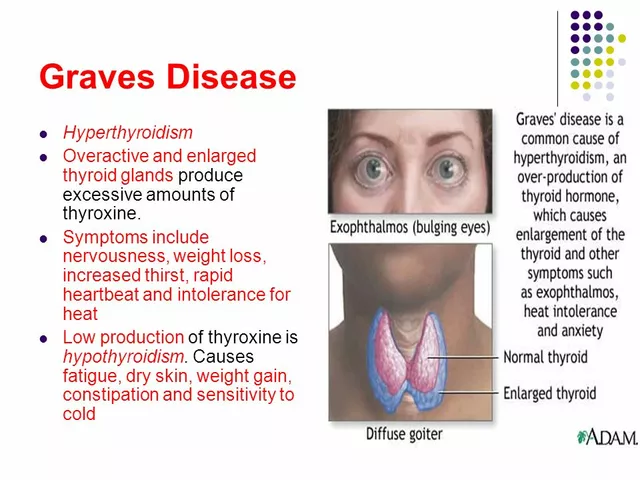Sulfamethoxazole and its potential role in treating Lyme disease
November 8 2023Stroke Prevention Meds: What You Need to Know
When you talk about stroke prevention meds, medications that lower the chance of a stroke by controlling blood pressure, clotting, and cholesterol, you’re dealing with a crucial part of heart‑health care. Also known as stroke‑preventing medications, they fit into everyday routines for many people at risk.
If you’re searching for the most common drug classes, start with antiplatelet drugs, agents that stop platelets from sticking together and forming clots in the arteries. Aspirin and clopidogrel are household names here. These meds are a first line of defense for anyone who’s had a mini‑stroke or has a high atherosclerosis score. Using them reduces the odds of a full‑blown stroke by about a third, according to recent clinical data.
Next up are anticoagulants, blood thinners that interfere with the clotting cascade. Warfarin, apixaban, and dabigatran fall into this group. They’re especially useful for patients with atrial fibrillation or a history of blood‑clot‑related events. The key is regular monitoring—or choosing a direct oral anticoagulant that needs less lab work—so you stay protected without bleeding too much.
Another pillar is statins, cholesterol‑lowering drugs that stabilize plaque and cut inflammation. By bringing LDL down, statins indirectly cut stroke risk. Most guidelines recommend them for anyone over 40 with a moderate‑to‑high cardiovascular risk score. The side‑effect profile is mild for most, and the long‑term benefit far outweighs the occasional muscle ache.
Don’t forget antihypertensive medication, drugs that keep blood pressure in a safe range. High blood pressure is the single biggest modifiable risk factor for stroke. ACE inhibitors, ARBs, calcium‑channel blockers, and thiazide diuretics each have a role, and many patients end up on a combination to hit their target.
How These Meds Work Together
Think of stroke prevention meds as a team sport. stroke prevention meds encompass antiplatelet drugs, anticoagulants, statins, and antihypertensives, each tackling a different piece of the puzzle. You need a solid risk assessment (the “coach”) to decide which players to field. Lifestyle changes—diet, exercise, quitting smoking—are the training drills that boost the effectiveness of every drug.
When doctors prescribe a regimen, they’re balancing clot‑prevention with bleeding risk, cholesterol control with blood‑pressure goals, and all of that against a patient’s personal health history. That is why shared decision‑making matters: you should understand why you’re on aspirin vs clopidogrel, or why a statin is part of your daily routine.
Below you’ll find a curated set of articles that dive deeper into each medication class, explain how to buy them safely online, compare prices, and give practical tips for managing side effects. Whether you’re looking for a quick FAQ or a detailed buying guide, the collection ahead has you covered.
 1 Oct
1 Oct
Aggrenox vs. Top Antiplatelet Alternatives: Detailed Comparison for Stroke Prevention
A clear, side‑by‑side comparison of Aggrenox with clopidogrel, prasugrel, ticagrelor, aspirin, warfarin, rivaroxaban and dabigatran, including costs, risks, and when each is best.
Read More...




